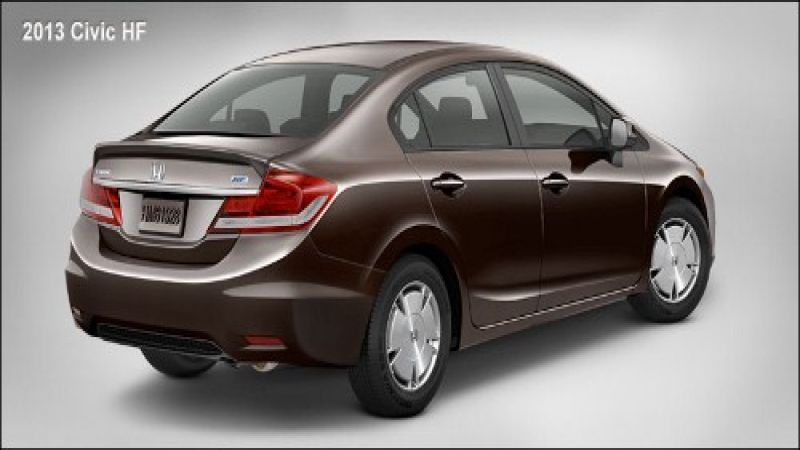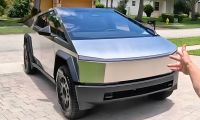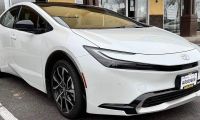As with most applied innovations at Honda, this one was developed and tested on the race track. While we find the same body design upgrades common to all Civics as introduced to the world at the 2012 SEMA show, the HF utilizes one or two innovations that may not be as evident when viewing the car.
Honda engineering has integrated a trunk downdraft wing, solid under body panels and a dish designed low-flex aluminum mag rim with hard compound low-profile tires. While the HF upgrade to the Civic Sedan does produce an astonishing 41 mpg highway rating, you will be paying forward for the fuel savings at the time of purchase and for years to come. Here’s why…
An entry level Civic Ex-L sports a sticker price of msrp $18165.00. This car offers the same basic features of the Civic lineup and an average mpg of 28/36. Pretty impressive mileage for a car that will seat 4 adults in comfort.
Granted the standard trim Civic Ex-L will not provide the sports-kick of the Civic Si. The 140 hp 1.8 liter SOHC 1-VTEC is designed for many years of trouble free service, while falling a bit short in sports performance. However, for your money you do receive a decent 160 watt stereo system, 1-mid monitor and backup cam and Bluetooth docking capability.
Those wishing for 10-15% more mpg will pay a suggested ‘starting’ retail price of $19,765 for the HF., a $1500 premium over the Ex-L. Where you’ll keep paying for better mileage in the future is in the purchase of the special hard compound tires. Expect to spend no less than $800 per set, if you can find them. Also, you may note a bit more road noise transference and stiffer ride due to the low profile sidewall of the tire. It’s my opinion that most buyer’s can’t get past the questionable/ math = fuel savings of the Civic HF.
When I do the math it comes down to a relatively small price paid forward for reducing one’s ecological footprint. Depending on your driving style and miles driven per year, the HF can save you .30-.40 cents per gallon. For those driving 20,000 miles or more per year, the upgrade should will pay for itself in 5 years, or so. For those driving 10,000 or less miles per year the savings are negligible.
So, then it becomes a personal statement. Do I wish to lessen my ecological footprint on the planet? Or, will the 36 highway mpg offered by the Ex-L at a lower price with a smoother, quieter ride work for me?













Comments
While some buyers are happy
Permalink
While some buyers are happy to pay the premium for a hybrid, it appears that fewer find value in a Civic that will save them 2-4 mpg on the Highway. It appears that most are looking for better economy in city commuting. Honda continues to struggle in this category.
It is a crazy world. Civics
Permalink
It is a crazy world. Civics and Corollas get insanely great mileage. Meanwhile 15 MPG city trucks are the most popular single selling vehicle in the USA. Too much focus on the little cars and their MPG requirements. CAFE is not fair. Just my two cents.
I agree John. CAFE mandatory
Permalink
In reply to It is a crazy world. Civics by John Goreham
I agree John. CAFE mandatory minimums may be set a bit too high. However, I believe the benchmark is driving the industry toward a sustainable 0 emissions future. Now, where did I leave the keys to my Dodge pick up? .. Thanks for dropping in.. B.T.W. nice Tesla read...
The HF is an excellent choice
Permalink
The HF is an excellent choice for the person who commutes over 80 miles a day to work. It is true the factory ecopia EP20 tires on my 2012 are only rated at 30-40k miles but the replacement EP422 is a much better all season tire and has a 65k warranty. I average 42mpg on regular gas.